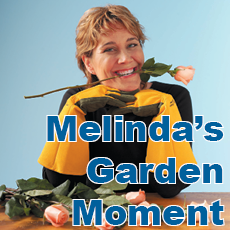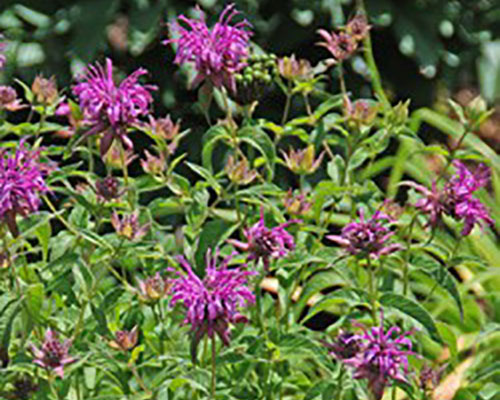
Melinda’s Garden Moments is heard Mon.-Fri. at 7:45 and 10:45 a.m. and 4:45 p.m. on WHAV.
Wild bergamont also known as Beebalm and botanically as Monarda fistulosa is the 2013 Notable Native Herb of the Year. Include this beauty in herb, perennial and natural gardens. Plant them in areas where you can enjoy the flowers as well as the butterflies and hummingbirds they attract.
This North American native is hardy in zones three to nine. It prefers dry to moist soil and is somewhat drought tolerant. The two- to four-feet tall plants are topped with uniquely shaped lavender flowers from mid-summer into fall.
Monarda can be used as a substitute for thyme and oregano. Flavor can vary so taste a leaf before adding it to your dish. Or use the leaves and flowers for teas or adding fragrance to bouquets and potpourri.
Harvest when the leaves are full size and in their prime. Cut stems early in the morning just as the dew is drying for maximum flavor.
A bit more information: Most beebalm, especially the popular garden species Monarda didyma with bright red flowers, are susceptible to mildew. Monarda fistulosa, however, tends to be resistant to mildew, but may suffer some problems with rust.
For more gardening tips, how-to garden videos, podcasts and more, visit www.melindamyers.com.

